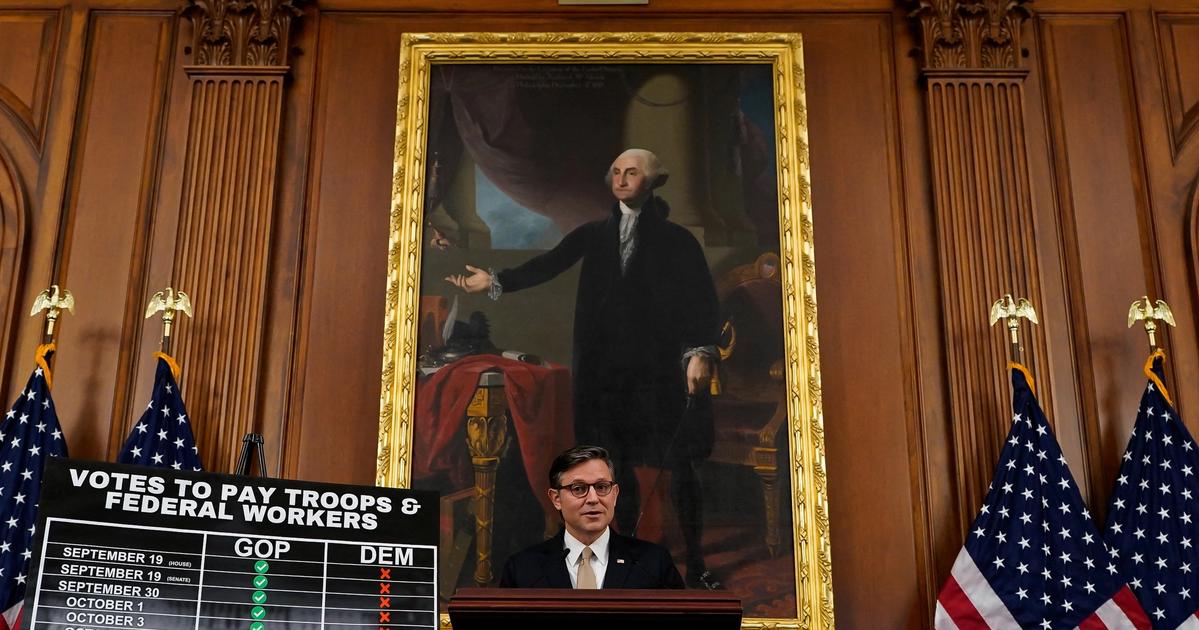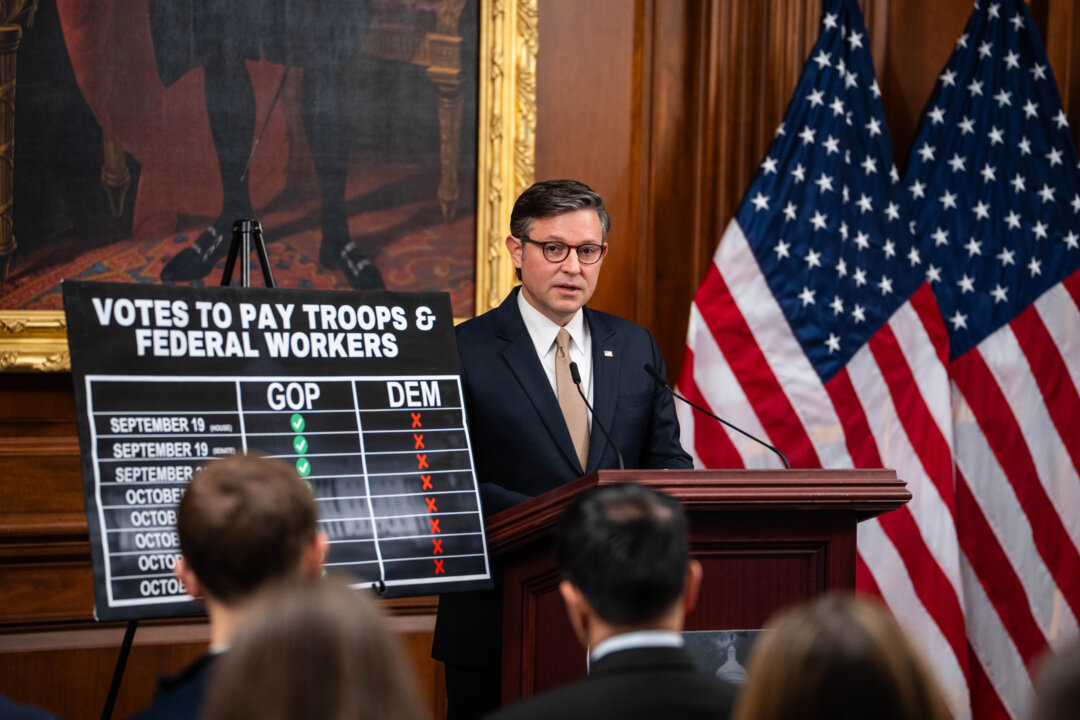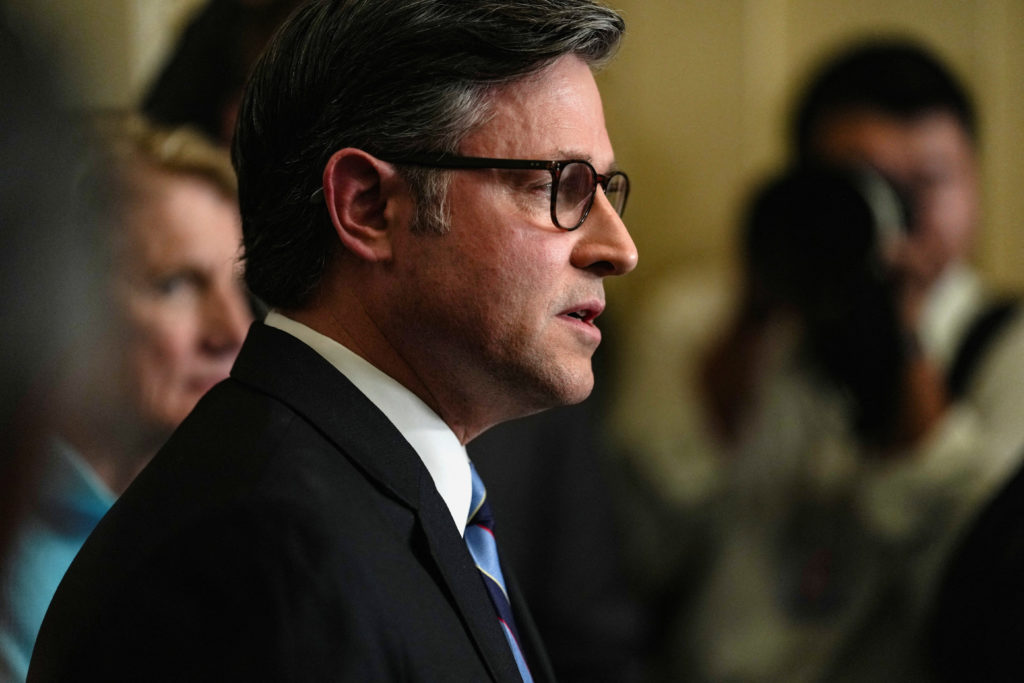ACA Tax Credit Dispute Fuels Potential Record Government Shutdown
The government shutdown threatens to be the longest ever, fueled by Speaker Johnson's refusal to negotiate over Democratic demands for Affordable Care Act tax credit extensions.
Subscribe to unlock this story
We really don't like cutting you off, but you've reached your monthly limit. At just $5/month, subscriptions are how we keep this project going. Start your free 7-day trial today!
Get StartedHave an account? Sign in
Overview
- Speaker Mike Johnson warns the federal government shutdown could become the longest in U.S. history, refusing negotiations until Democrats pause their healthcare demands.
- Democrats are pushing for an extension of Affordable Care Act tax credits to make healthcare more affordable, a central demand in the ongoing legislative standoff.
- Republicans are reportedly divided on extending these ACA tax credits, complicating efforts to reach a bipartisan agreement and resolve the government shutdown impasse.
- A critical deadline approaches for a deal before November 1, when healthcare marketplaces open, adding urgency to negotiations amidst the ongoing government disruptions.
- The current shutdown risks surpassing the 35-day record from 2019 during President Trump's term, which caused widespread disruptions to government operations and services.
Report issue

Read both sides in 5 minutes each day
Analysis
Center-leaning sources frame this story by emphasizing the shutdown's severity and the political maneuvering contributing to its potential record length. They highlight negative impacts on government operations and the economy, while drawing attention to controversial administrative actions like mass layoffs and selective payments, often using evaluative language to underscore the unusual nature and consequences of these decisions.
Articles (10)
Center (4)
FAQ
Speaker Mike Johnson is refusing to negotiate on Democrats’ persistent healthcare demands that are a key factor in the government shutdown impasse, though detailed specifics of these demands are not elaborated in the provided sources.
As of early October 2025, the government shutdown has lasted over a week and is on track to become the longest in U.S. history, potentially surpassing the 35-day shutdown that occurred in 2019 during President Trump's term.
The shutdown has caused halted routine government operations, closure of cultural institutions, suspension of many federal programs and services, furloughs of hundreds of thousands of federal workers, and potential flight delays at airports.
Republicans, led by Speaker Johnson, blame Democrats for playing political games and obstructing a clean continuing resolution, while Democrats blame Republicans, particularly over healthcare and budget demands, resulting in a mutual attribution of responsibility for the shutdown stalemate.
Federal workers began receiving partial paychecks around October 10, 2025, but may miss full paychecks starting mid-October if the shutdown continues, affecting around 700,000 government employees, including military personnel.
History
- 21d

 3 articles
3 articles
- 21d

 4 articles
4 articles







